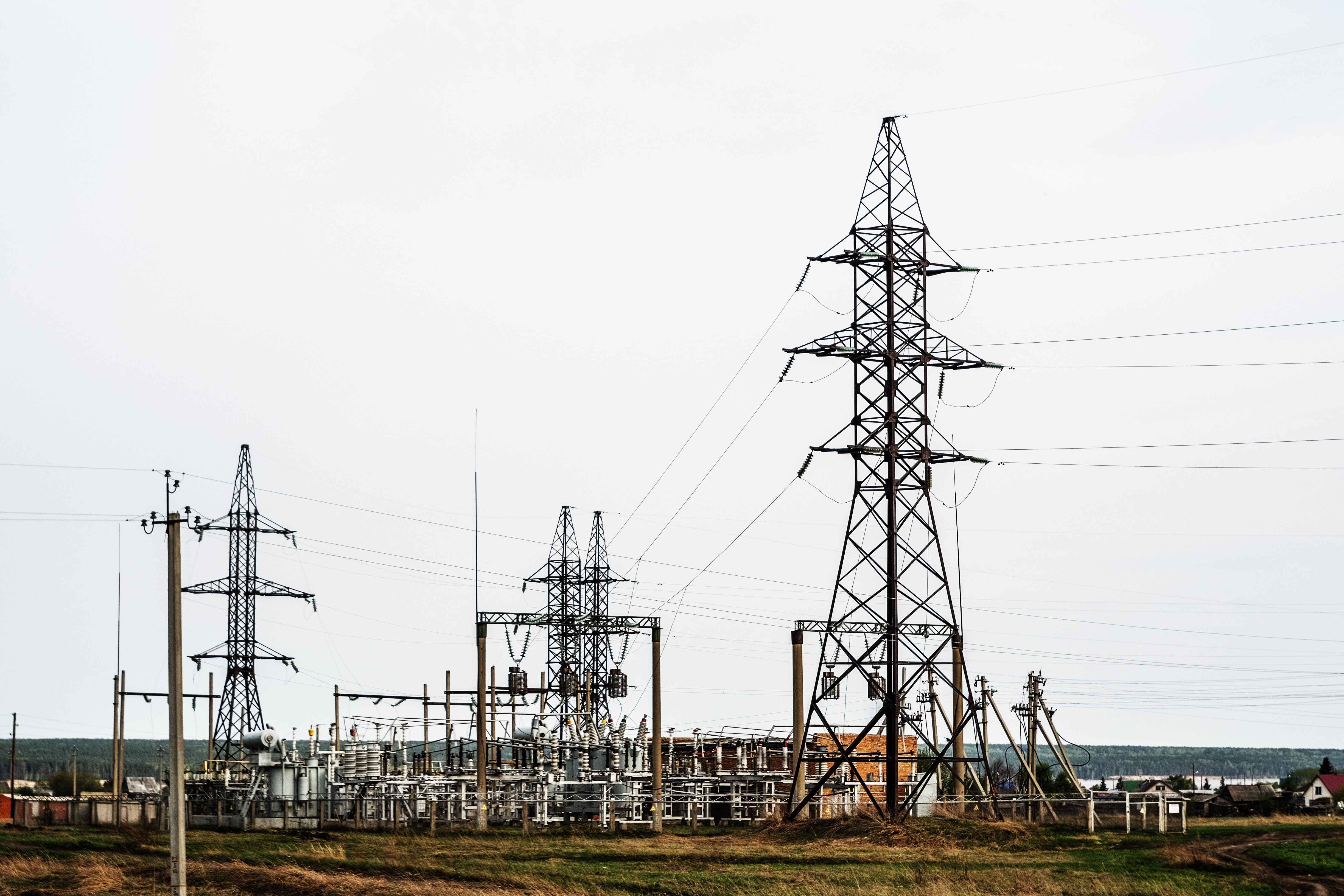
Amidst imbalanced forex reserve and other economic challenges Bangladesh is facing right now, energy shortage is one of the most discussed issues, and rightfully so. Load-shedding which became a long-forgotten chapter of our lives has recently made a strong come-back. In consequence, the decision of 1 to 2 hours of scheduled load shedding across the country from 19th July and the announcement of all the shops to be closed by 8 pm was made. This decision has severely affected small and micro credit enterprises to large factories. To maintain uninterrupted production, factory owners have to buy fuel for generators and it has significantly increased their production cost. Manufacturing industries, which used to run around the clock, have been seriously impacted by the current gas and power crises. According to BGMEA estimates, garment exports were worth 4092 million last June. In July, it fell to 2887.22 million. According to the garment owners, a large part of the shrinkage can be attributed to the energy crisis.
How did it happen?
On March 2022 Bangladesh had an installed capacity of 25,548 MW with 100% electricity coverage according to the electricity dept of Bangladesh. On July 2022 the capacity went down to 12000-13000 MW creating a daily shortage of 1000-1500 MW. This gap in demand and supply has led to the energy situation that Bangladesh is facing. Besides, to support the economic growth of over 7% Bangladesh will need an estimated 34000 MW of power by 2030. These numbers are very alarming considering the energy situation is not getting any better.
What is the reason behind the shortage?
To understand the reasons, we must know the breakdown of the sources of electricity.
Gas is the primary source of electricity production and Bangladesh relies on domestic gas production and imported LNG (Liquid Natural Gas) to produce electricity. Bangladesh consumes 132,290,211 MMcf of gas per year and the yearly production is 948,609.07 MMcf. This gap is fulfilled by imported gas in the liquid form known as LNG(Liquid Natural Gas). This year, LNG supply has increased 0.31% owing to the gradual depletion of natural gas reserve. Bangladesh is precariously close to completely depleting its natural gas reserves over the next decade, as no new big discoveries of gas fields have been made in the recent two decades.
Bangladesh started LNG import in 2018-2019 and since then the dependence on LNG is increasing even though LNG is 24 times costlier than domestically produced gas. On top of that LNG price on the spot market has skyrocketed as a consequence of Russia Ukraine war. So, the energy division decided not to import LNG from the spot market for the time being.
However, Long term contract from Oman and Qatar at a fixed price is still effective. This sudden cut down of LNG is primarily responsible for the electricity shortage.
Coal-based power generation appears to be a more viable choice for Bangladesh, but some other factors must also be addressed. To begin with, coal increases the cost of electricity generation. The coal-fired plants in Bangladesh are dependent on imported thermal coal. According to Trading Economics, the price of Asia's coal per ton reached a new all-time high in September 2022 at $457.80 breaking the previous record of $435. On top of that, Energy Intelligence predicts that the present energy crisis, in part sparked by the Covid-19 outbreak, will persist through 2026, leading to a coal price of $500 per ton in 2022. Moreover, coal-based electricity has an irreversible environmental impact that must not be overlooked. Considering these aspects coal power plants might not be as fruitful of a solution as some perceive them to be. According to the power situation progress report for August provided by the Power Development Board, 3,000MW of coal-based electricity is planned to be added in December. In accordance with that plan the Rampal power plant with a capacity of 1,320 MW was launched in September, and its first unit is set to be active in December.
Where are we heading?
Gennady Gatilov, Russia’s permanent representative to the UN said, “I do not see any possibility for diplomatic contacts, the more the conflict goes on, the more difficult it will be to have a diplomatic solution”. So, the Russia-Ukraine war which we identified earlier as the key reason behind the LNG price hike is not going to resolve any time sooner. On top of that, in the upcoming winter in Europe the LNG demand is going to spike and so is the price. The current LNG price increase is only the tip of the iceberg.
Probable solution
Considering how the whole world is being more environmentally conscious, coal-based power plants cannot be a long-term solution to the energy crisis. In COP26, 23 countries have made new commitments to phase out coal power, including five of the world’s top 20 coal power-using countries. Coal-based plants will lose credit and foreign support in the near future. At this rate, renewable sources of energy like solar and wind power are the safest bet for Bangladesh.
To cope with the surge in the LNG market the finance ministry has, at last, approved the proposal for energy division and given consent to allot 2000 crore to the Petrobangla from Gas Development Fund (GDF) to import liquefied natural gas (LNG). This decision is going to improve the energy situation in Bangladesh.